No Breakthrough in Alaska: Trump and Putin Talk Up “Progress,” Leave Ceasefire for Another Day
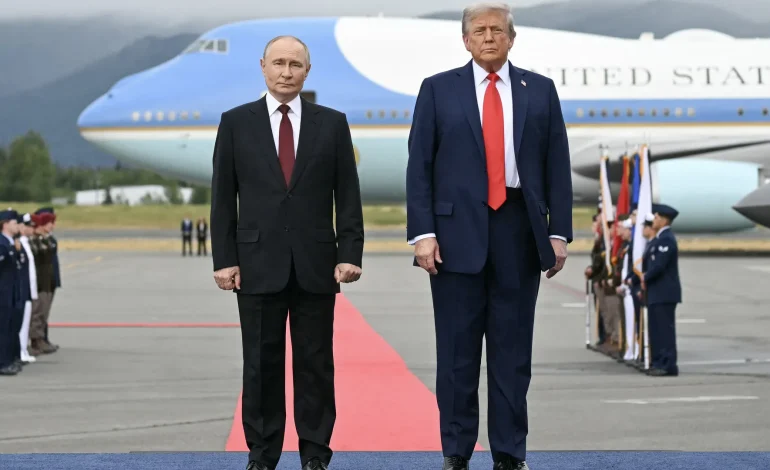
A much-hyped face-to-face between US President Donald Trump and Russian President Vladimir Putin wrapped in Alaska without the one thing everyone was watching for: a ceasefire in Ukraine. Both leaders praised “great progress,” but neither offered specifics, took questions, or walked out with a signed plan to stop the fighting.
Here’s what actually happened, what didn’t, and why the optics may matter as much as the outcomes.
Putin’s touchdown at Joint Base Elmendorf-Richardson in Anchorage came with the full trappings—red carpet, warm handshake, and a shared ride in the presidential limo. It was his first visit to Western soil since launching the full-scale invasion in 2022 and, for Moscow, a clear rehabilitation moment after years of isolation.
Expectations had been managed up and down in the run-up—Trump talked tough about “very severe consequences” if there was no movement, then softened that line after the sit-down. Despite some advance chatter of a six-to-seven-hour marathon, the private talks lasted under three hours. The planned working lunch never happened.
Onstage, Putin opened, calling the meeting “long overdue” and quipping that he greeted Trump with “Good afternoon, dear neighbor,” a nod to the Bering Strait’s geography. Trump followed with a short set of remarks: “We made headway… There’s no deal until there’s a deal,” he said, adding that most points were agreed, with “one… probably the most significant” outstanding—without elaboration.
There was no announced ceasefire, no list of confidence-building steps, no timeline. Both leaders avoided questions and offered no written framework. Putin talked about addressing “root causes,” a consistent Kremlin formulation that usually entails Kyiv abandoning NATO ambitions and recognizing Russian gains in four partially occupied regions (Donetsk, Luhansk, Kherson, Zaporizhzhia). Ukraine has repeatedly ruled that out.
In a later TV interview, Trump nudged the onus toward Kyiv, saying Ukrainian President Volodymyr Zelenskyy should “make a deal” and hinting at a future trilateral meeting. The Kremlin’s post-summit readouts were upbeat but equally vague about concrete concessions.
On Air Force One back to Washington, Trump held a lengthy call with Zelenskyy, later joined by several European and NATO leaders. Zelenskyy said he supports a US–Russia–Ukraine meeting and will see Trump in Washington on Monday. He also emphasized Europe must be involved “at every stage” to underpin any security guarantees.
Some European officials publicly welcomed US engagement but expressed skepticism that Putin is serious about a ceasefire while Russian strikes continue. Hungary’s Viktor Orbán, by contrast, hailed the day as making the world “safer,” underscoring the split tone across Europe.
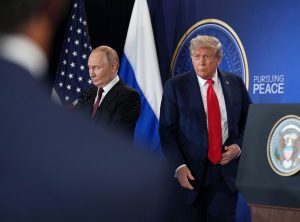
(Andrew Harnik/Getty Images)
While the leaders spoke, eastern Ukraine remained under air alerts. Russia launched waves of drones and missiles; Ukraine reported limited counter-moves near Pokrovsk amid heavy pressure in Donetsk. Moscow claimed to have intercepted dozens of Ukrainian drones over multiple regions. In short: the war machinery kept grinding.
Even without a deal, Putin banked two tangible wins:
- Symbolic rehabilitation. A red-carpet welcome, shared limo ride, and joint podium in the US help launder the optics of an ICC-wanted leader. For Russian state media, that’s gold.
- Absent new sanctions or a ceasefire, Moscow can keep prosecuting its incremental offensives while testing Western staying power.
Trump, for his part, can claim he reopened a channel and extracted “progress” without making public concessions—a useful domestic narrative heading into another round of calls with allies and a meeting with Zelenskyy.
What does each side likely want next?
Moscow asks for the recognition of “new realities” on the ground, limits on Ukraine’s NATO trajectory, relief from secondary sanctions pressure, and a pathway to normalized trade—ideally without immediate pullbacks.
Kyiv’s bottom line? No territorial concessions; robust, jointly enforceable security guarantees; sustainable air defense and munitions pipelines; and European involvement in any deal architecture.
Washington’s balancing act is keeping allies aligned, maintaining leverage (sanctions and secondary enforcement), and testing whether a face-saving pause is possible without undercutting Ukraine’s sovereignty.
Trump floated “two or three weeks” as a horizon to reassess pressure tactics, after briefly shelving his earlier threats in the Fox interview. That suggests the administration is keeping the stick within reach—secondary sanctions on remaining Russian oil buyers, tighter enforcement on the shadow fleet, and export-control crackdowns—while giving space to explore a meeting format that includes Zelenskyy.
The Kremlin’s quick “Next time, in Moscow” aside—and Trump’s half-joking “I might get a little heat on that one”—was vintage stagecraft. Whether that second summit happens, and under what conditions, will signal how serious both sides are about moving beyond theater.
Key unknowns that will decide everything:
- Ceasefire mechanics. Who verifies and enforces it? With what monitors, over what lines, and with what penalties for violations?
- Territorial status. Any “freeze” along current contact lines is politically radioactive in Kyiv. How would a pause avoid becoming de facto recognition?
- Security guarantees. What combination of US/EU commitments, air defenses, and rapid-resupply assurances would deter a renewed Russian push?
- Sanctions sequencing. What, if any, relief comes first—and what triggers reversals if the ceasefire fails?
- Ukraine’s agency. Will Kyiv be a full party with veto power, or presented with a take-it-or-leave-it framework?
So what were the summit’s results? Kyiv and most European capitals feal wary relief—no back-room land-swap, but no buffer or guarantees either. Pressure now shifts to Monday’s Trump–Zelenskyy meeting and allied unity. For Moscow it’s an optics victory and breathing room. No new punishment yet, no concessions given, and the promise of more meetings. And Washington got a reset of contact without immediate costs, plus a chance to test a trilateral format. But the administration must manage expectations at home and abroad.
The Alaska summit delivered pageantry and positioning, not peace. Putin got the pictures he wanted; Trump kept the door open without committing to terms. The real test now shifts to the follow-up: a possible three-way session with Zelenskyy, allied consultations, and whether Washington pairs its “wait and see” with credible leverage. Until the core issues—lines, guarantees, and enforcement—are nailed down, talk of “great progress” is just that: talk.
With input from Axios, Al Jazeera, BBC, and CNN.
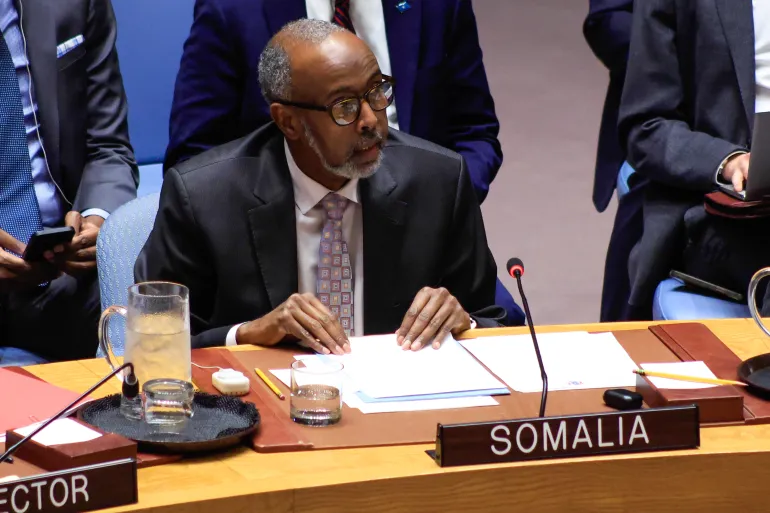
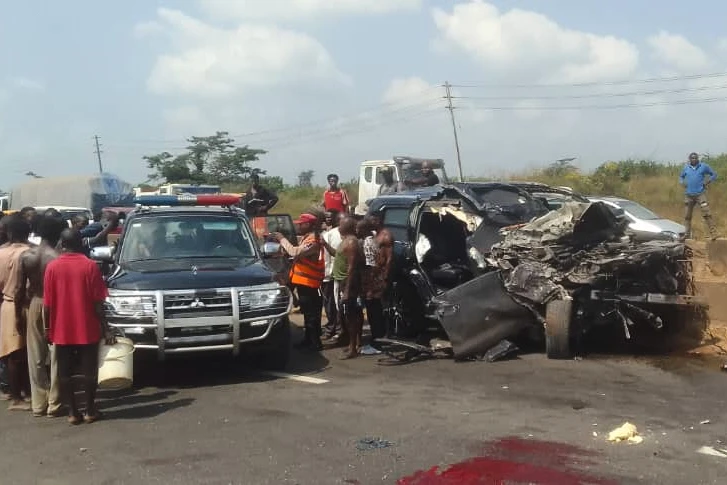


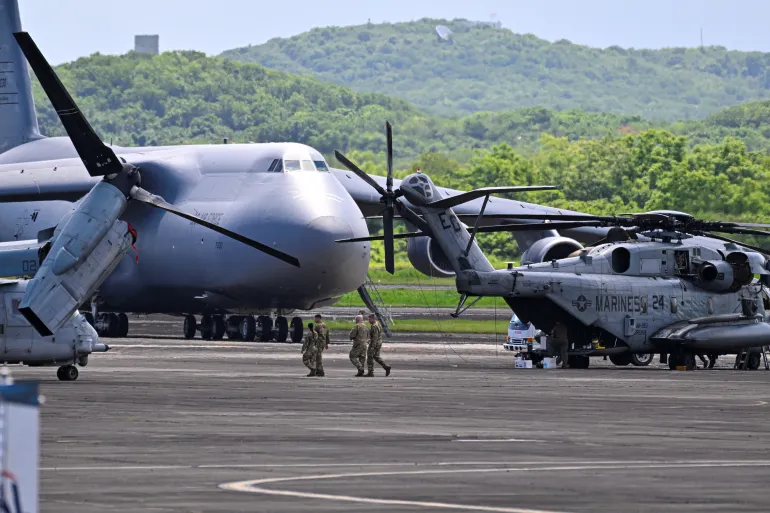


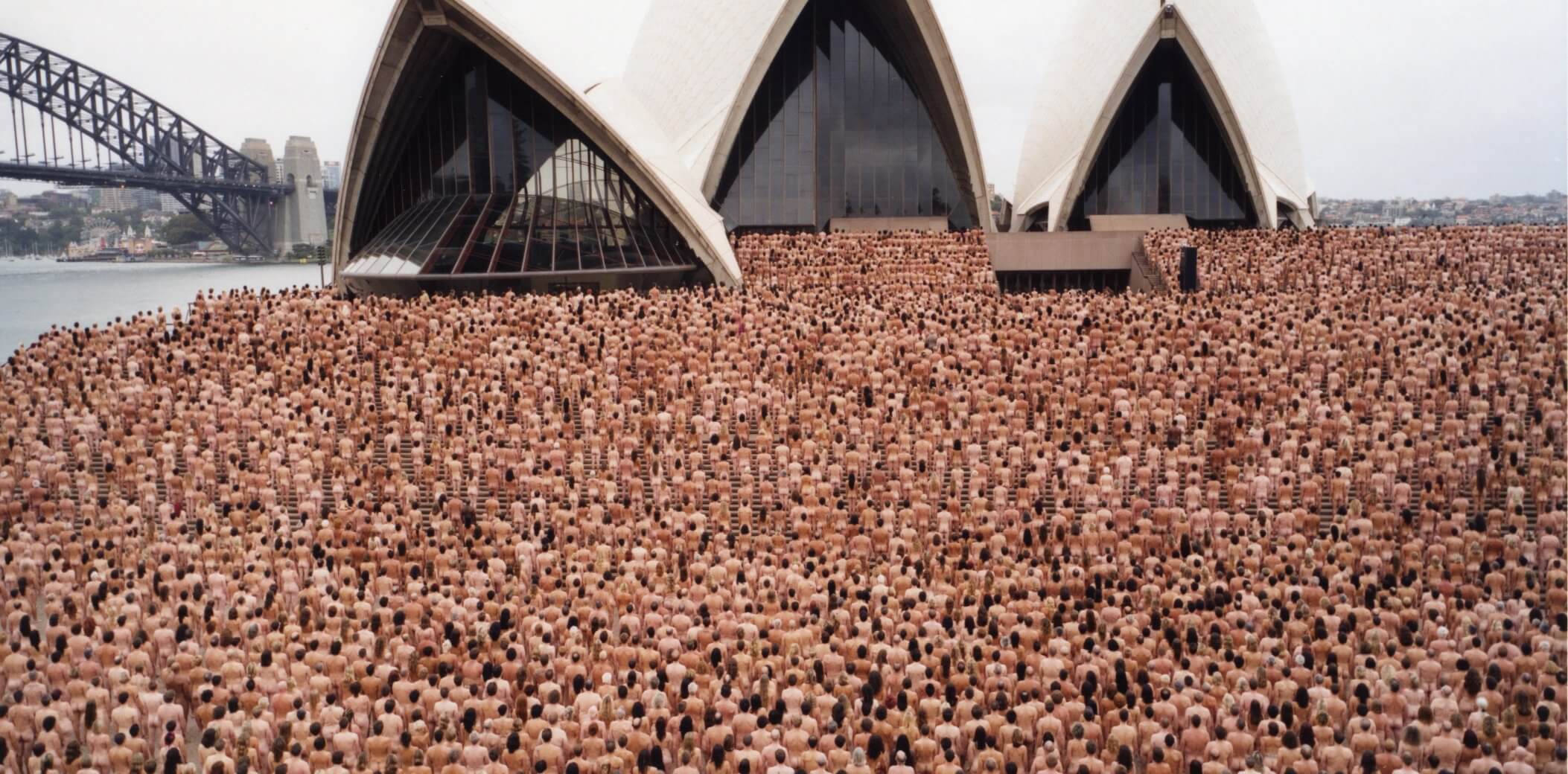
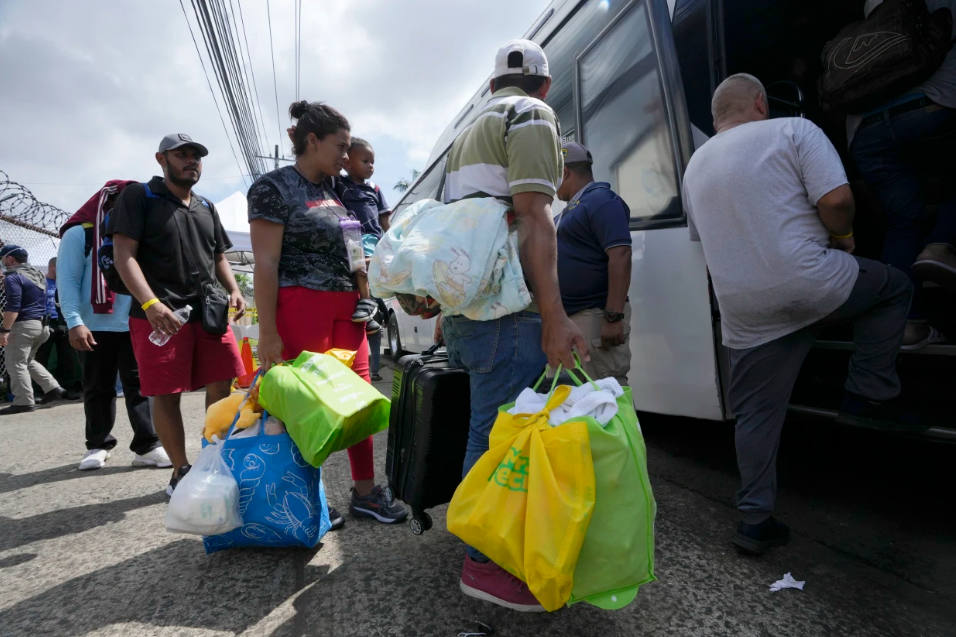
The latest news in your social feeds
Subscribe to our social media platforms to stay tuned